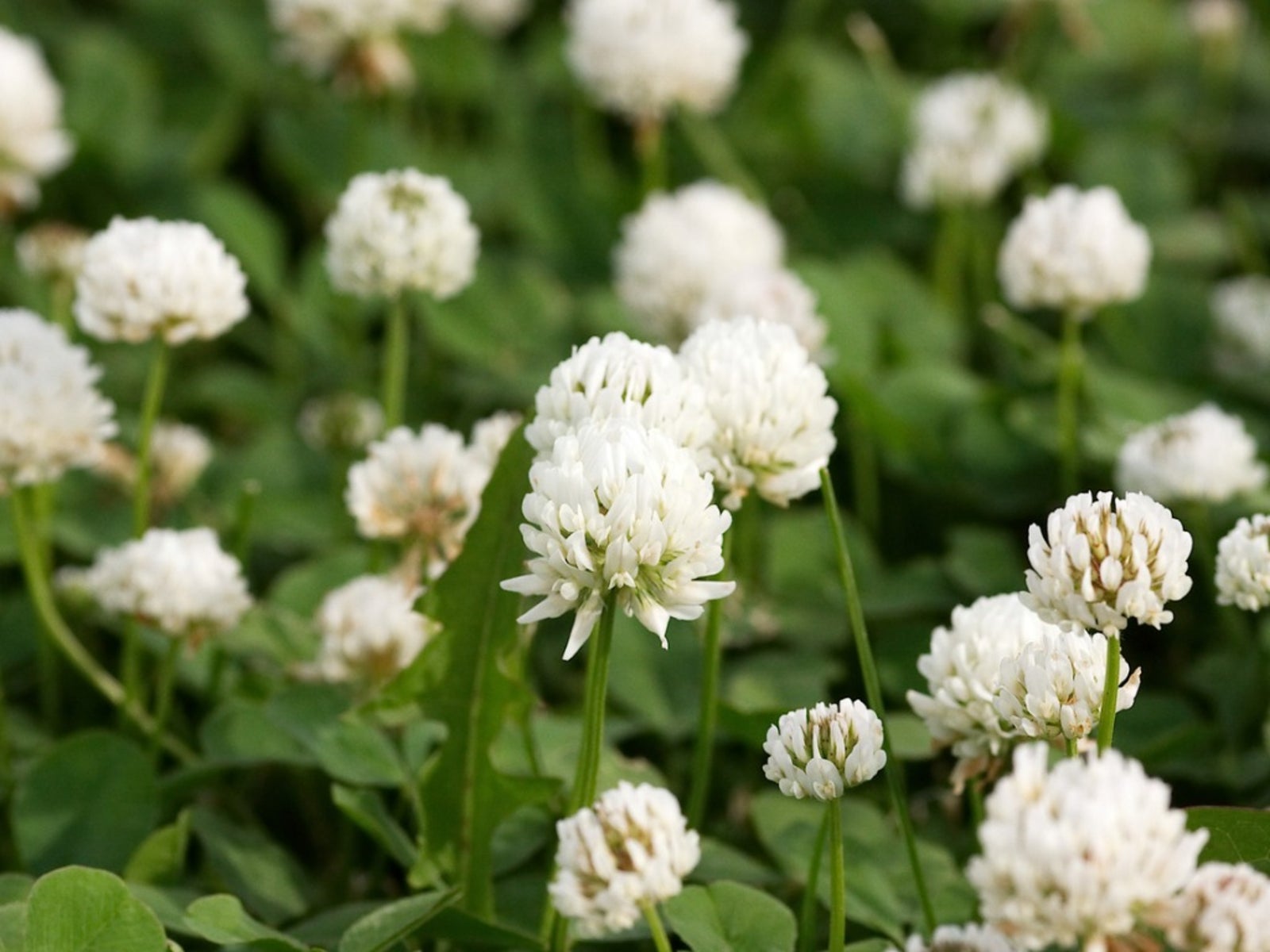Killing White Clover - How To Control White Clover In Lawns And Gardens


White clover is a plant that is either loved or hated by the homeowner. For many gardeners who did not intentionally plant white clover, knowing how to control white clover in lawns and garden beds is helpful. Getting rid of white clover once it is established can be tricky, but it can be done if you have the right tools and patience. Let's take a look at how to identify and how to get rid of white clover.
White Clover Identification
White clover is a perennial weed that grows low to the ground. While it can grow in many different places, it is typically found in lawns, especially sparse lawns where the competition from grass is weak. The leaves on white clover grow in sets of 3 leaflets. Each leaflet is tear shaped and many have a reddish stripe across it. The flowers on white clover are spiky and white with a brownish green center. White clover grows in a creeping manner and will develop roots where ever a stem node touches the ground.
How to Get Rid of White Clover
Getting rid of white clover starts with a healthy lawn. Clover will grow in areas of low nitrogen and where competition from other plants is small, so making sure that your lawn (and flower beds) are well fertilized will not only help desirable grass and plants to grow and keep out white clover, but will also make the soil less friendly to white clover. In flower beds, clover can be kept at bay by using a thick layer of mulch. This will keep the seeds from germinating. If white clover is already established in your yard, controlling it can either be done through hand pulling or by using an herbicide. In either case, while killing the white clover already in your lawn is easy, you need to understand that killing white clover seeds is not. The seeds can survive high heat, low temperatures and can stay dormant for years before germinating. Whichever method you choose for getting rid of white clover, you can expect to be doing it once a year to control the white clover plants that emerge from the seeds.
Hand pulling white clover
Hand pulling is an organic and common way to get rid of white clover. White clover frequently grows in clumps, which make hand pulling easy and efficient. When hand pulling white clover, make sure that you pull out as much of the root system as possible to prevent regrowth.
Herbicide for white clover
Killing white clover with herbicide is also a common way to deal with this weed, especially over larger areas. The problem with using herbicides is that the only herbicide effective at controlling white clover is non-selective weed killers. These herbicides will kill the white clover, but will also kill any other plants it comes in contact with. Herbicides also may not kill the root system of mature clover, which means that they can grow back. If you decide to use herbicides for getting rid of white clover, the best time to do this is on a warm, cloudless and windless day. Knowing how to get rid of white clover from lawns and flower beds can be a bit tricky, but it can be done. Patience and persistence while getting rid of white clover will pay off. Note: Chemical control should only be used as a last resort, as organic approaches are safer and much more environmentally friendly.
Sign up for the Gardening Know How newsletter today and receive a free copy of our e-book "How to Grow Delicious Tomatoes".

Heather Rhoades founded Gardening Know How in 2007. She holds degrees from Cleveland State University and Northern Kentucky University. She is an avid gardener with a passion for community, and is a recipient of the Master Gardeners of Ohio Lifetime Achievement Award.